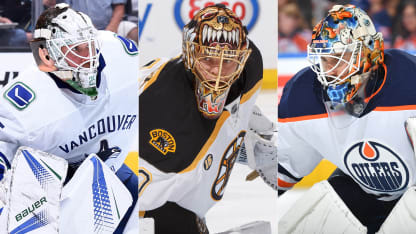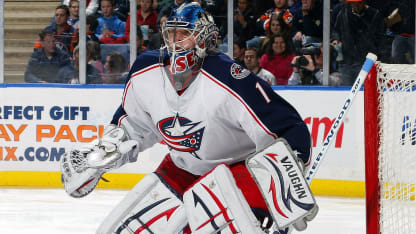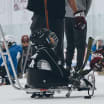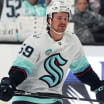Still, it's a far cry from Patrick Roy winning the Conn Smythe Trophy as MVP of the Stanley Cup Playoffs as a 20-year-old rookie with the Montreal Canadiens in 1986, or 21-year-old Martin Brodeur winning the Calder Trophy as top rookie in the NHL in 1994 with the New Jersey Devils.
So why is it taking so many goalies so long to break through?
"You have to kind of grow into it and live it," said Markstrom, who came from Sweden seven years ago labeled as the best goalie not in the NHL. "When you play games, you learn, and I feel like you have to do that to become a good goalie. You have to play games, you have to be in certain situations, you have to play playoff games, you have to get experience to grow as a goalie and then the mental part is different from being a [skater], for sure."
Most organizations prefer its goalies get that experience in the minor leagues, worried in part that too much, too soon could create long-term problems.
There are also typically style and tactical adjustments required coming from lower levels, or overseas, and trying to adjust on the fly against the world's best shooters isn't ideal.
Steve Mason had a .916 save percentage and won the Calder with the Columbus Blue Jackets in 2008-09 coming straight out of junior hockey as a 20-year-old. Over the next five seasons, he had a .905 save percentage.



















